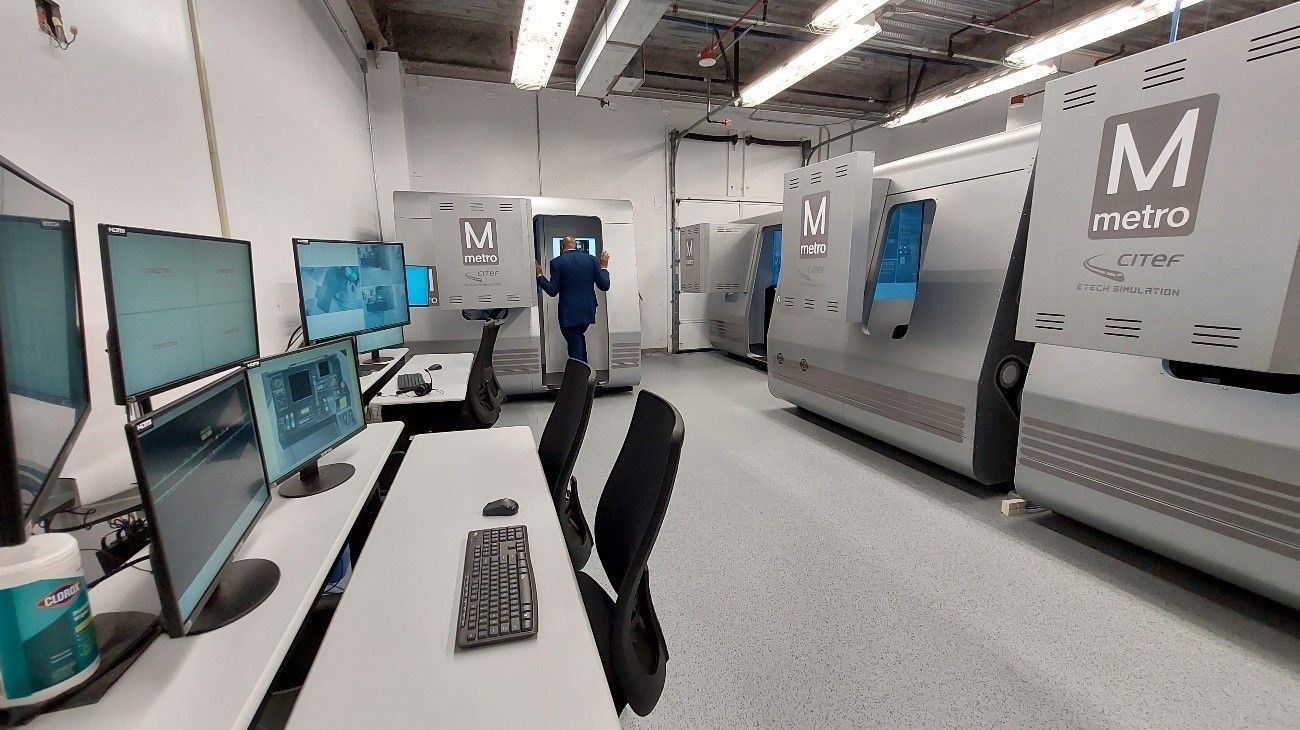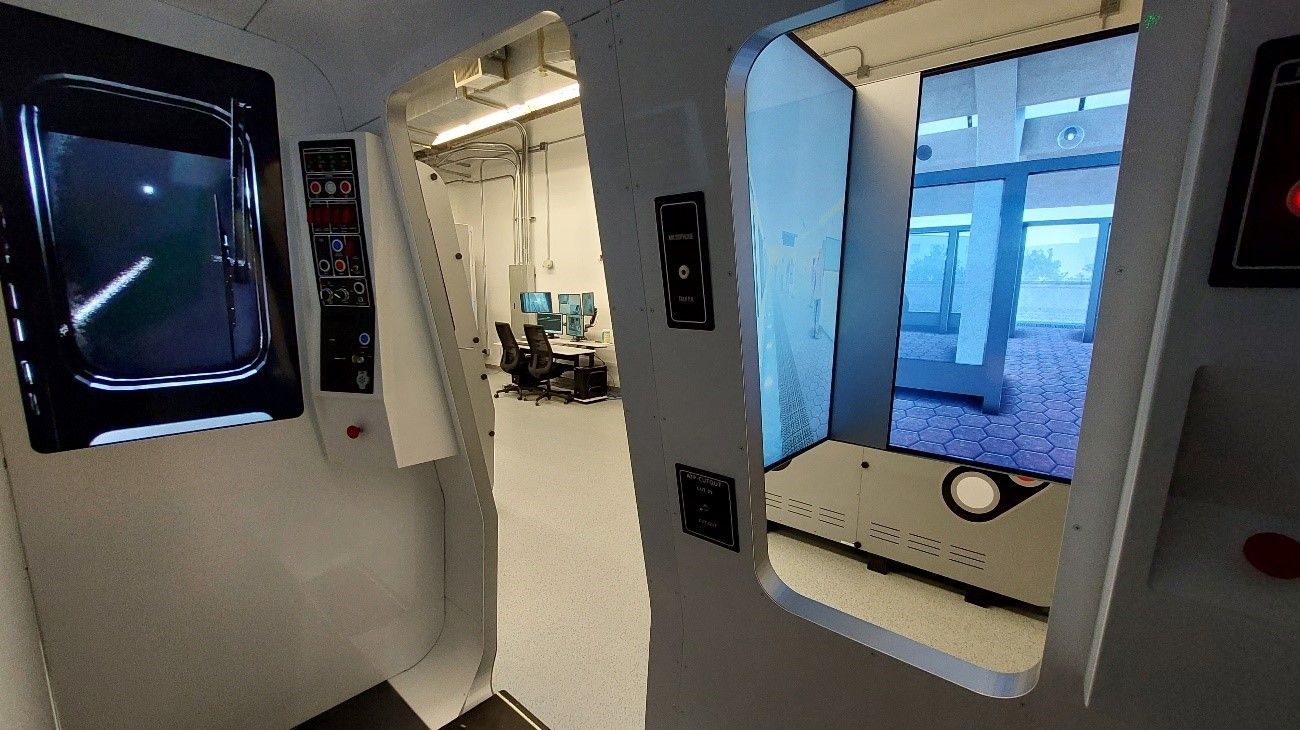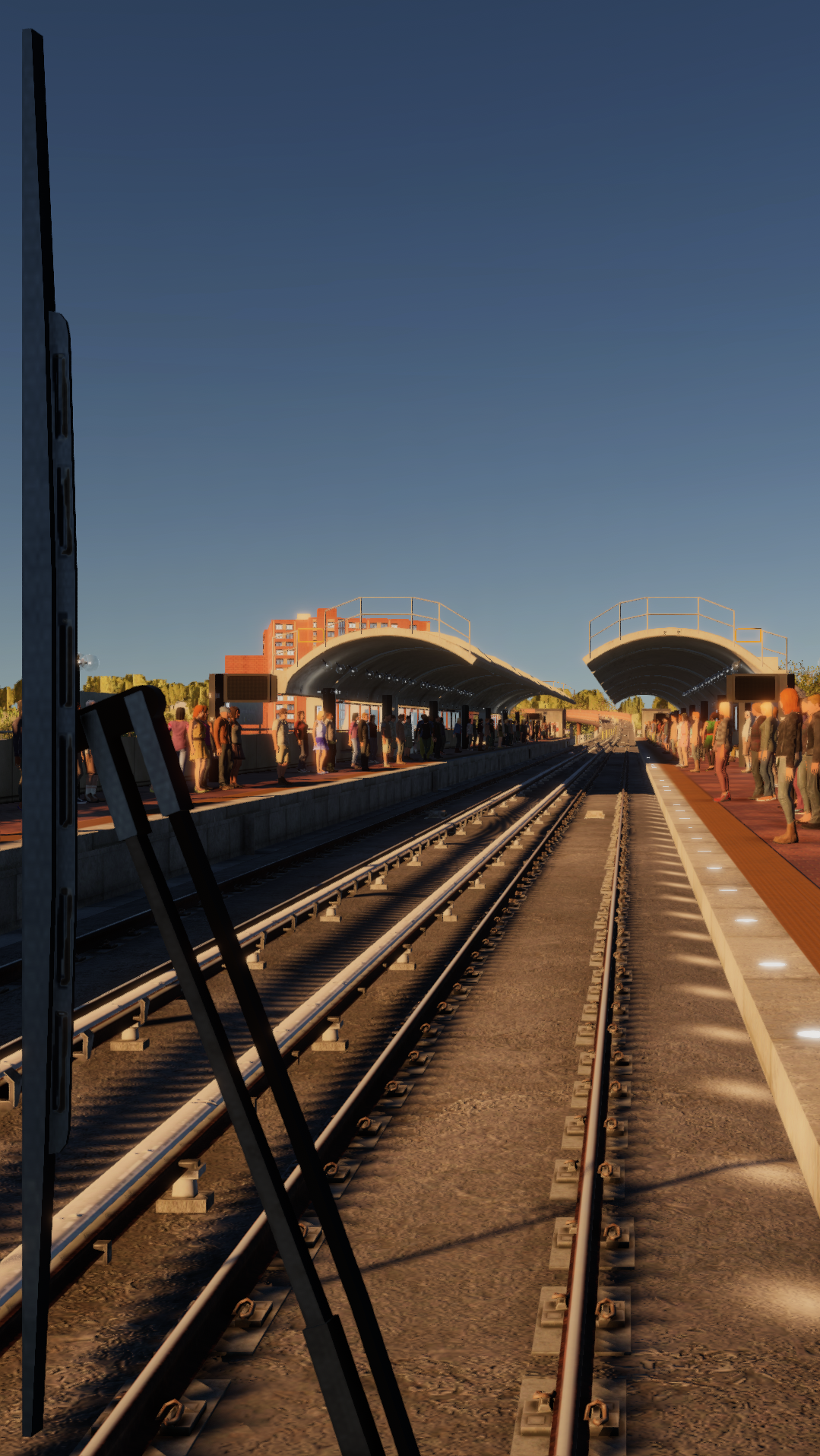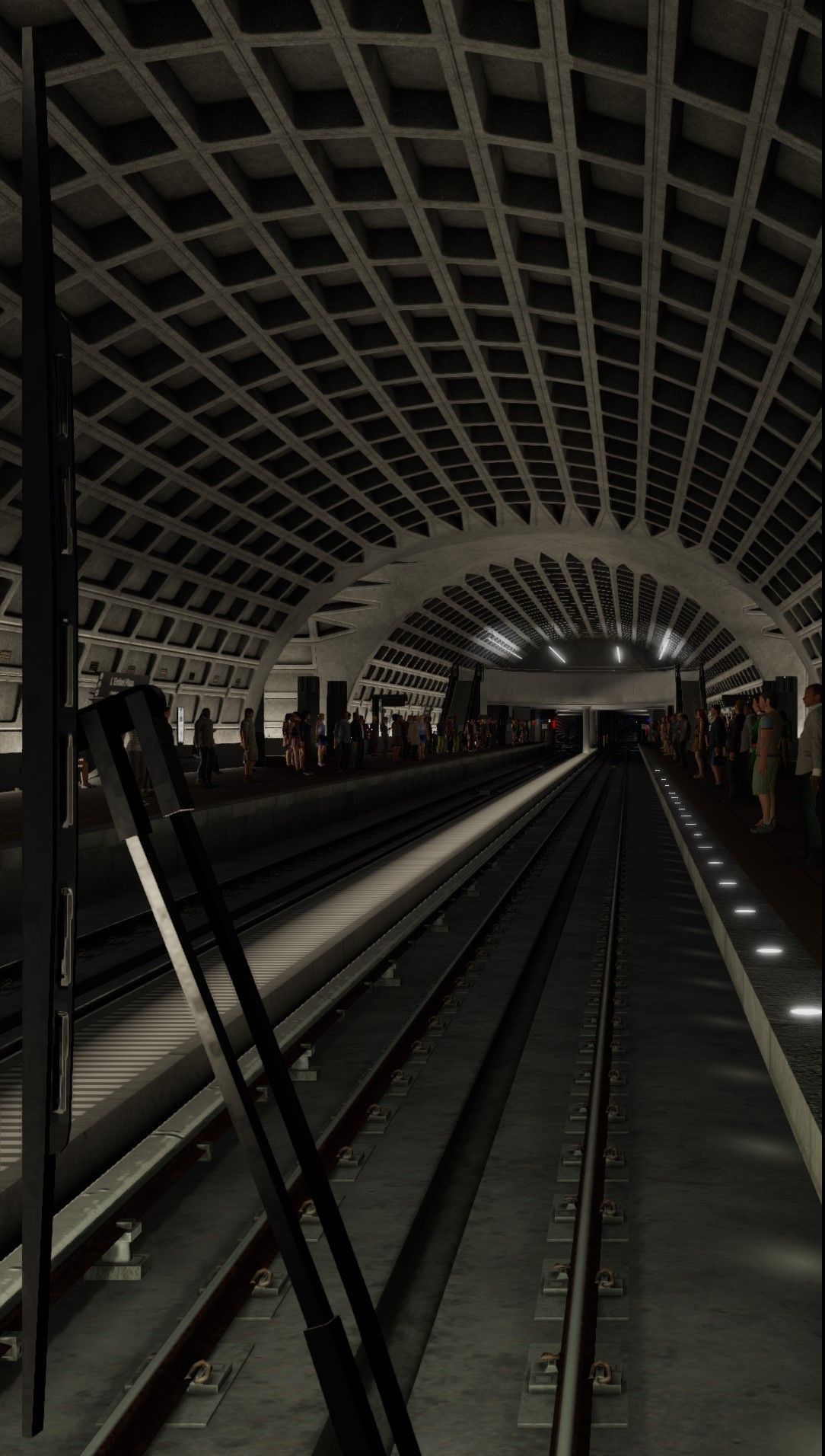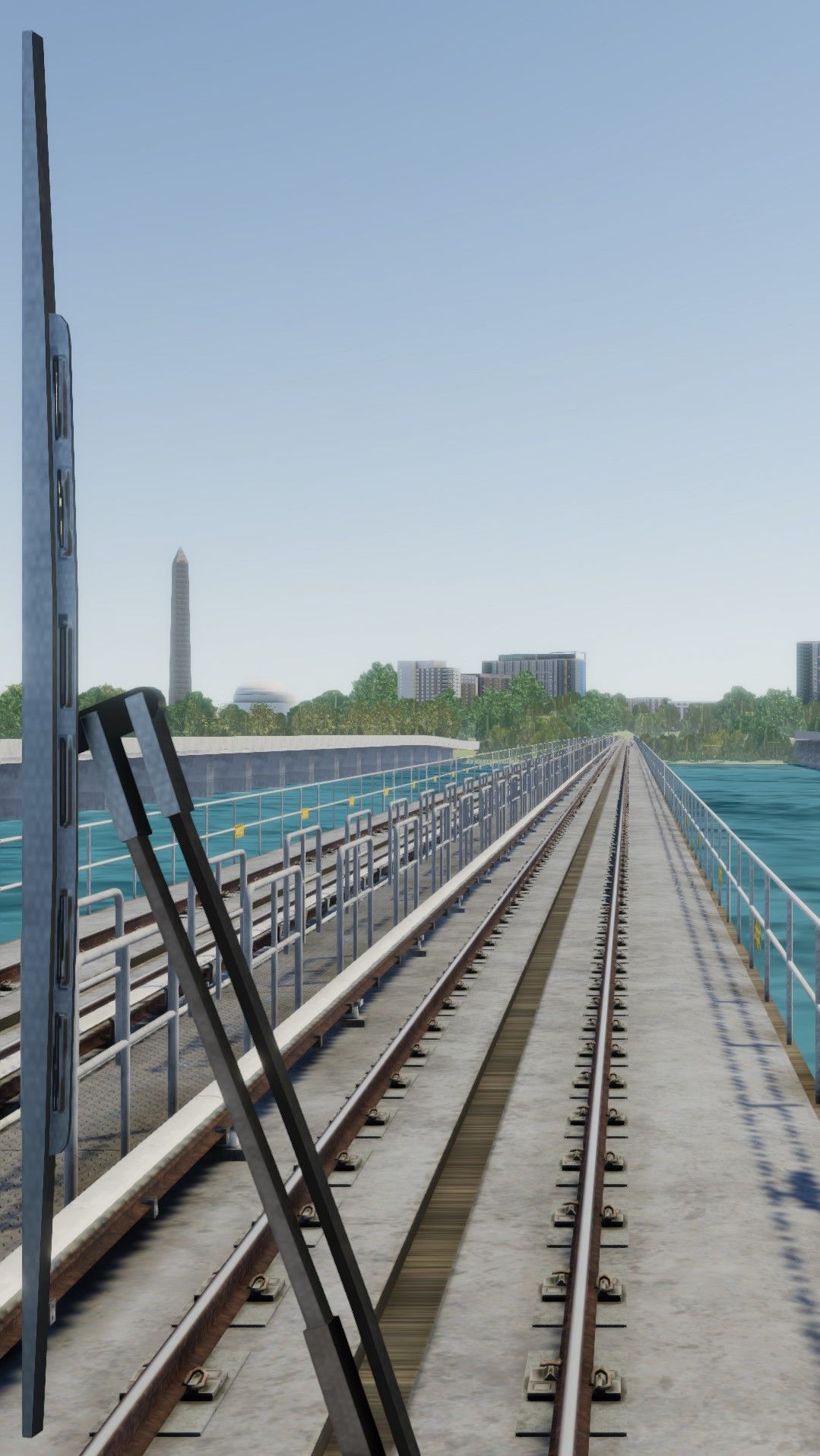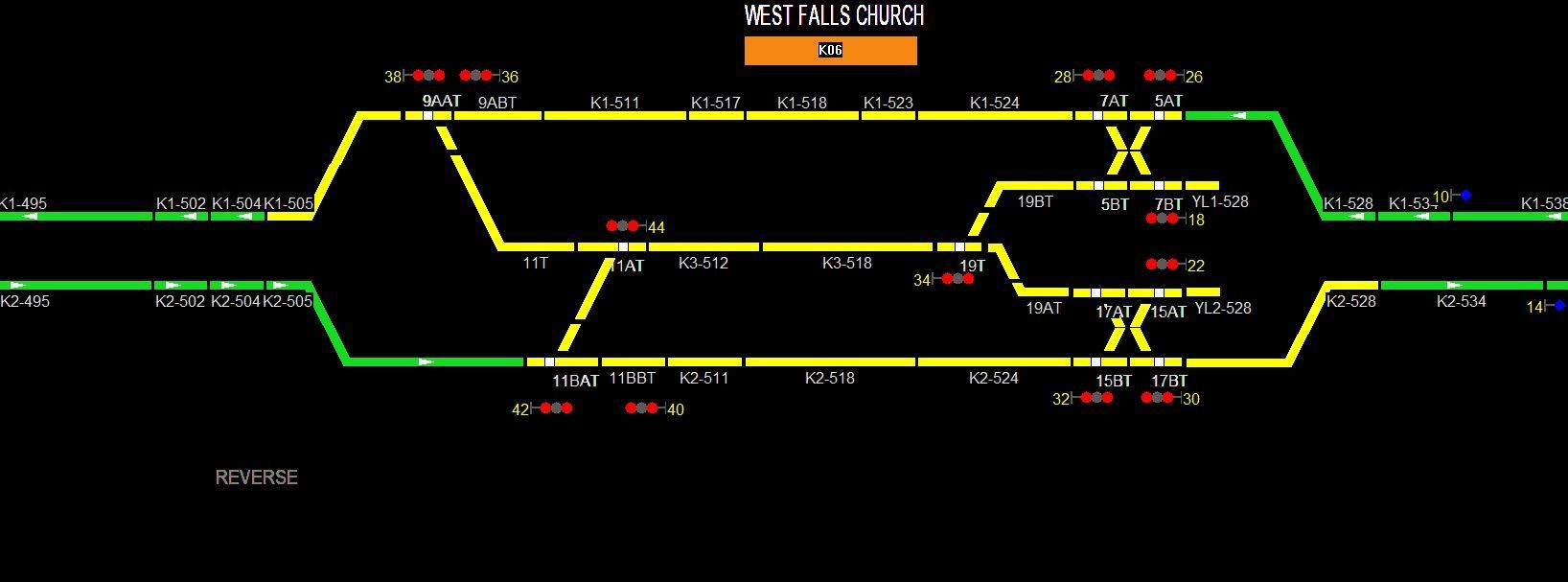Following an international tender in 2020, CITEF was selected to design, develop and install 20 driver training simulators for WMATA (Washington Metropolitan Area Transit Authority).
The scope of the project, regarding hardware, included the development of twenty training cabs, five instructor stations and one observer station to be installed at four different locations inside WMATA network. For this work package, CITEF has continue the successful cooperation with E-Tech Simulation based in Florida.
On the software side, simulation module for the 7000 train, manufactured by Kawasaki, has been produced, which includes operation in all driving modes and operations (ATP, ATO, holster panel, …) four different consists (2, 4, 6 and 8 cars) and main malfunctions.
Simulation software compromises as well the six lines operated by WMATA (Red, Blue, Orange, Green, Yellow and Silver), that has been reproduced from the point of view of geometry, signalling, interlockings and visual appearance to a very high level of detail. Rail yards of all lines, connectors and junctions between lines as well as tail tracks and are simulated too. The total scope is 180 kilometres, 93 stations and 8 yards.
Finally, all this equipment is controlled by HECOFORM, Instructor Station software developed by CITEF, that allows easy creation of exercises of all level of complexity, assign exercises to trainees, set the pace of training, follow the progress of students, interact with the different simulations and carry out evaluations of trainee performance. Through four webcams at each simulator, a virtual reproduction of the desk, the 3D visualization of the line and a line map, the progress of the exercise can be checked and its conditions varied.
As a new feature for the Instructor Station, this project includes a tablet for each Station so that Instructors can control each of their four simulators while moving in the training room.
Thanks to the inclusion of new training technology, many new train operators have emerged into a hands-on learning process an earlier in their course of study, improving the overall effectiveness and efficiency of rail operator training.
Rail operator training is a grueling six-month process covering everything from roadway protocols to troubleshooting a malfunctioning train. However, the learning has recently been enhanced with the operation of new industry-leading rail simulator technology. Where in a normal six-month span, students received hands on training their fourth or fifth month of the course, they now can get a very real simulated experience during their second month of training.
“The simulators are a huge contribution to the training of new operators, return to duty, and re-instruction of operators,” says ROQT (Rail Operations Quality Training Department) Acting Director Tyrone Smith. “It has provided Rail Training the ability to re-enact train incidents, or altering weather conditions on Metro rail lines, while perfecting the use of the master controller.”
See WMATA press release:
https://www.wmata.com/about/news/enhanced-rail-operator-training.cfm





